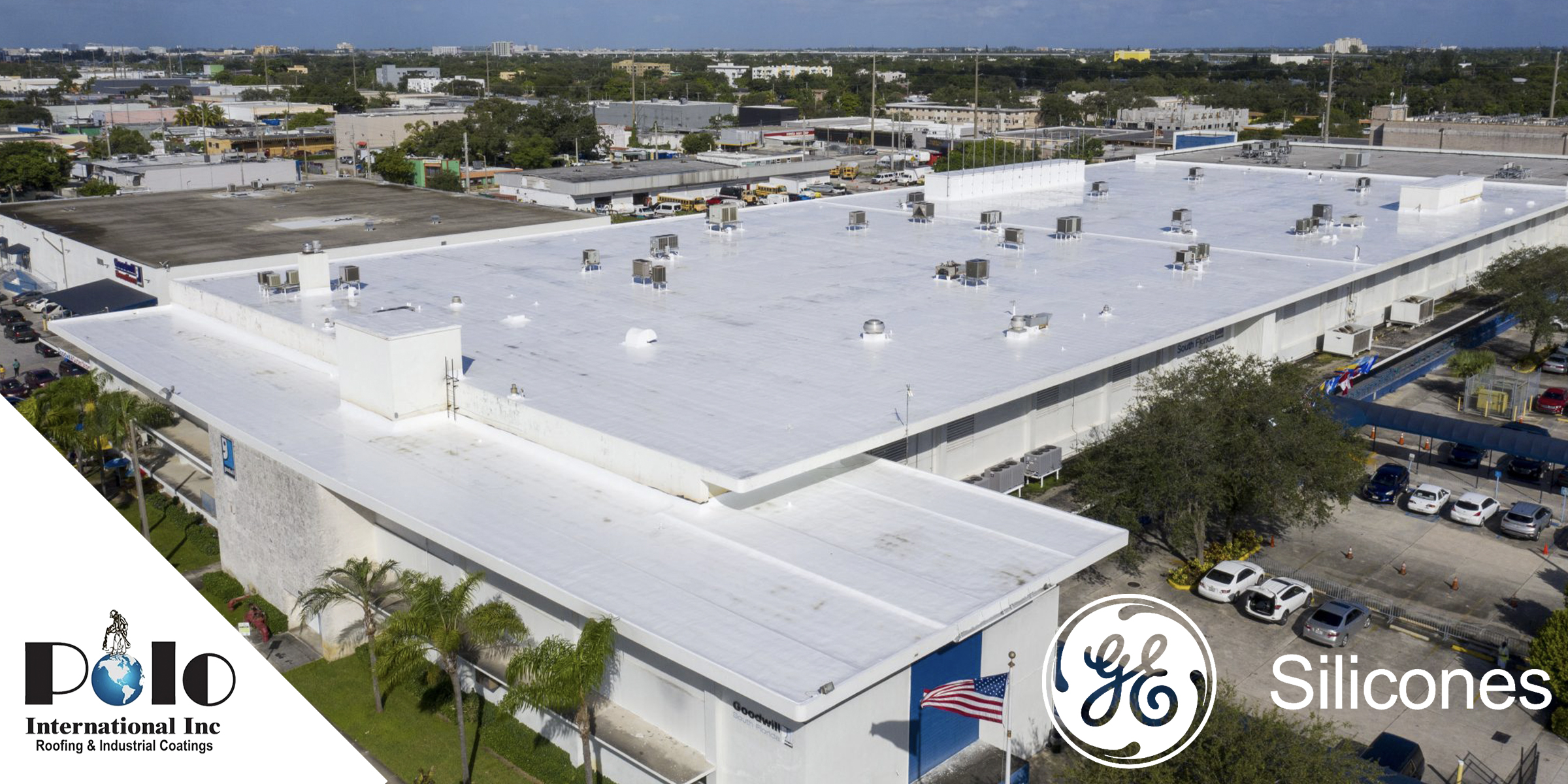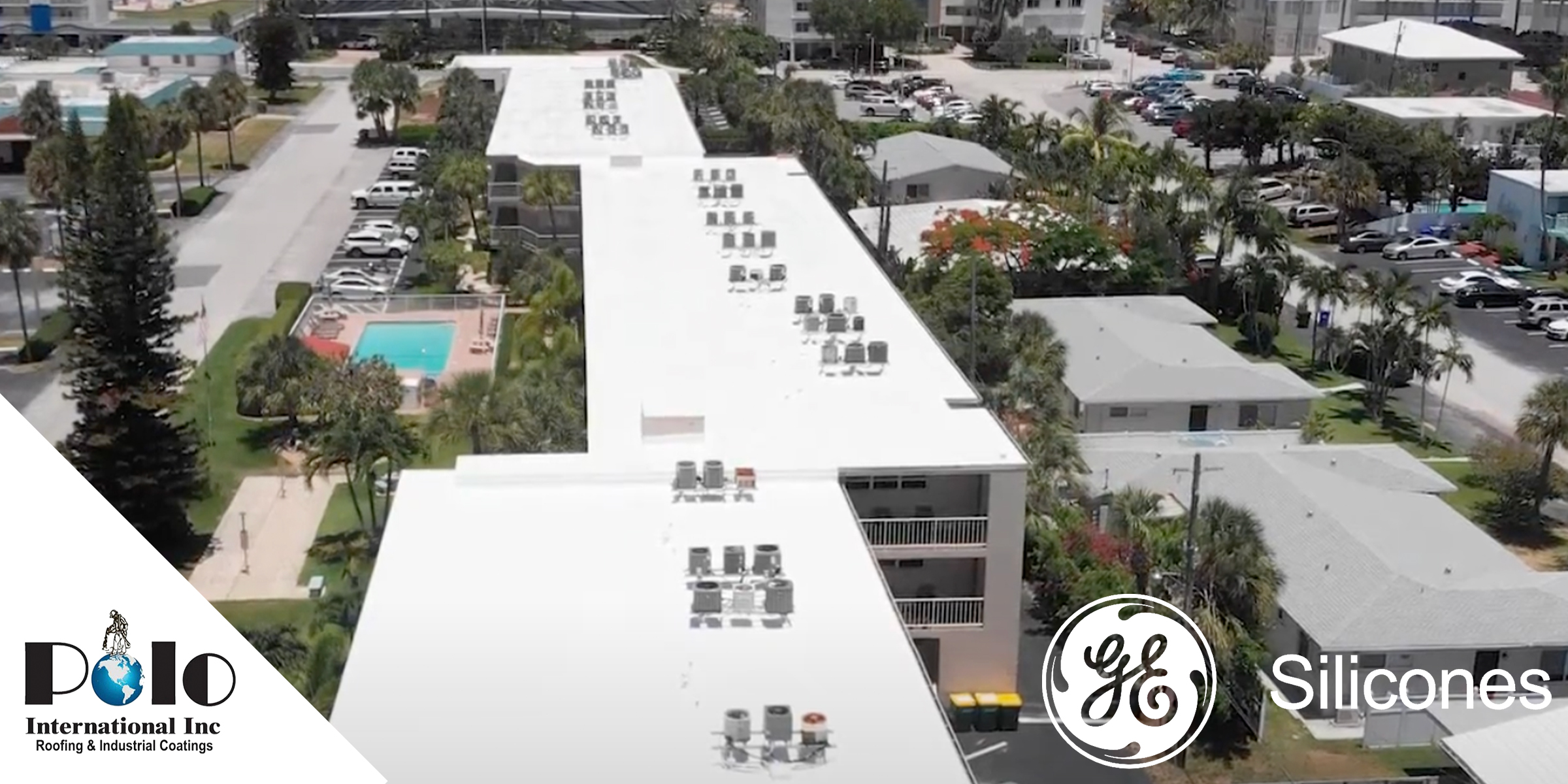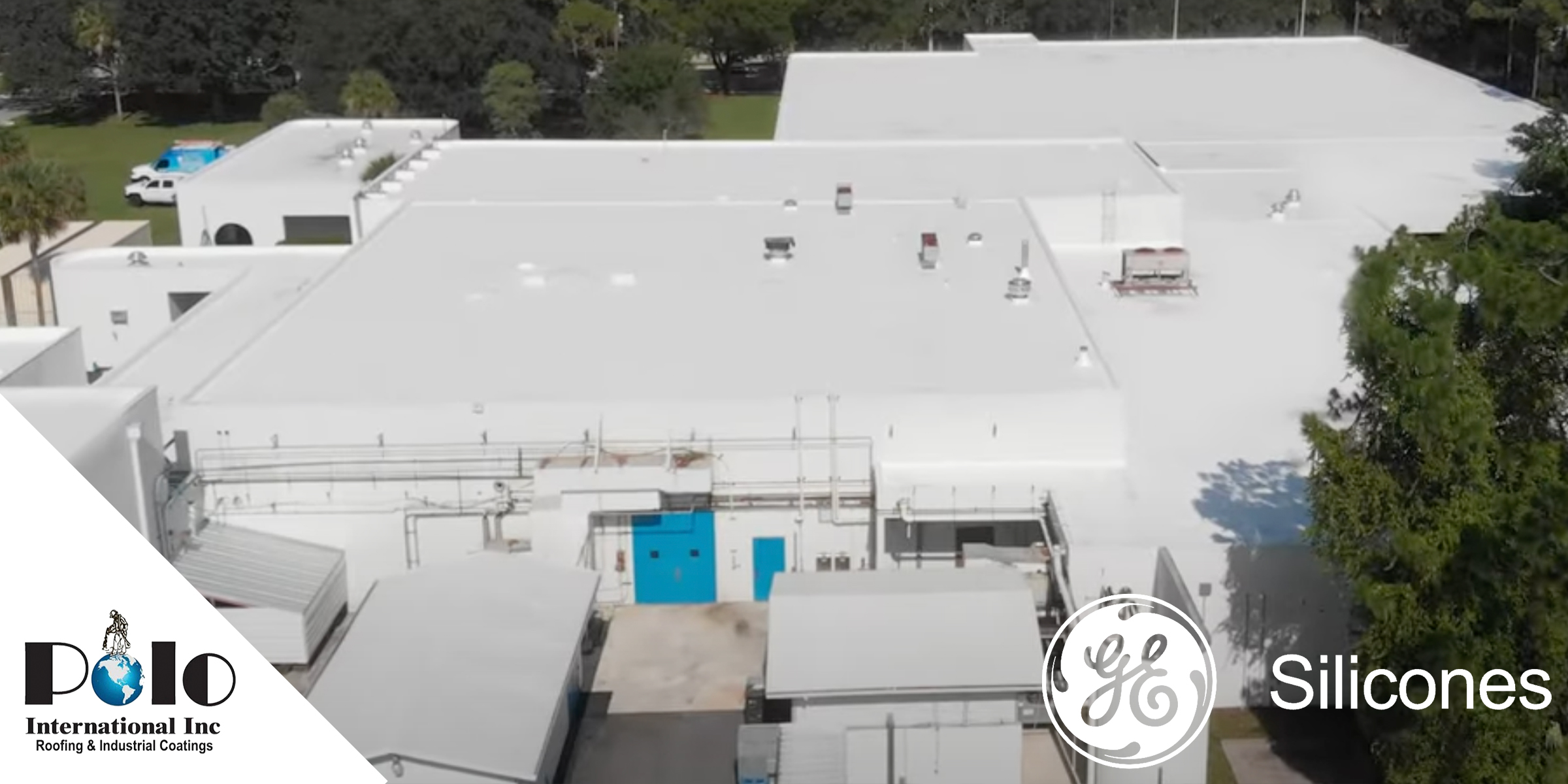
Have you considered how your commercial building’s roof can contribute to sustainability goals? As more businesses aim to reduce their environmental footprint, the choice of roofing material becomes increasingly significant. Spray Polyurethane Foam (SPF) roofing is at the forefront of sustainable development, offering numerous benefits over traditional roofing systems—especially when utilizing the best cool roof materials.
The Eco-Friendly Edge of SPF Roofing
Spray foam roofing stands out for its ability to create a seamless, insulating barrier that reduces energy consumption. This insulation not only helps in lowering utility costs but also lessens the carbon footprint of a building by maintaining temperature consistency throughout the year. With fewer energy fluctuations, your building remains comfortable regardless of the season, reducing the need for energy-intensive heating and cooling systems.
Moreover, SPF roofing provides excellent durability and weather resistance. By reducing the need for frequent repairs and replacements, SPF roofing minimizes waste and supports long-term sustainability. Traditional roofing systems often require complete tear-offs every 10 to 20 years, generating significant construction waste. In contrast, SPF systems can last over 30 years with minimal maintenance—showcasing a commitment to eco-friendly practices and cost savings.
Minimizing Waste Through Efficient Installation
The installation process of SPF roofing itself aligns well with sustainable building practices. Because SPF can be applied directly over the existing substrate, there’s no need to remove the old roof material. This direct application reduces construction waste and eliminates disposal fees—a crucial benefit in cities like New York or Los Angeles where waste management costs are high.
Furthermore, the process uses fewer materials and produces minimal waste, making it a more environmentally responsible option compared to conventional roofing methods. This efficient installation contributes not only to lower construction costs but also to a reduced environmental impact, supporting overall green building strategies.
Superior Insulation and Energy Efficiency
One of the standout benefits of SPF roofing is its robust thermal insulation. By creating a continuous, seamless barrier, spray foam roofing significantly reduces energy loss. The improved insulation means that buildings require less energy to heat in the winter and cool in the summer, which directly translates to lower utility bills and a reduced reliance on fossil fuels. For more detailed guidance on energy-efficient roofing practices, you can refer to the Energy Star Roofing Guidelines.
In addition to energy savings, the excellent insulation provided by SPF roofing helps maintain a stable indoor environment. This stability is critical for commercial spaces that need to adhere to strict energy standards and regulations, such as those in San Francisco or Washington D.C. Reduced energy consumption not only benefits the environment but also results in significant cost savings over the roof’s lifecycle.
Enhancing Building Resilience and Reducing Maintenance
SPF roofing is engineered for durability. Its seamless application minimizes the potential for leaks and water damage—a frequent issue with traditional roofing systems. The waterproof nature of SPF is especially beneficial in regions prone to heavy rainfall, like Seattle, or in humid climates such as Miami. This water resistance protects the building’s interior and reduces the frequency of repairs, further reducing the environmental impact associated with repeated maintenance and material replacement.
The longevity and resilience of SPF roofing are additional factors that contribute to its eco-friendly credentials. With fewer repairs needed over its extended lifespan, the roof requires less maintenance. This not only translates to cost savings but also minimizes the carbon footprint associated with manufacturing and transporting replacement materials.
Integrating SPF Roofing with Other Sustainable Technologies
Beyond its inherent benefits, SPF roofing is highly compatible with other sustainable technologies. For instance, its lightweight and durable nature makes it an ideal substrate for solar panel installations. Integrating solar panels with SPF roofing allows building owners to harness renewable energy, further reducing reliance on non-renewable energy sources. This integration is especially attractive in energy-conscious cities like Austin or San Jose, where maximizing renewable energy use is a key component of regional sustainability initiatives.
Practical Steps for Implementing Sustainable SPF Roofing
The successful implementation of sustainable roofing solutions like SPF begins with a comprehensive assessment of the building’s existing roof. Experienced roofing technicians evaluate the current condition, ensuring that the roof is compatible with SPF and identifying any necessary repairs before application. This evaluation is essential for guaranteeing optimal adhesion and performance.
Because SPF roofing can conform to most existing roofs with minimal disruption, it offers a seamless upgrade path. This adaptability reduces downtime and construction waste, making it a cost-effective and environmentally friendly option. Regular maintenance and periodic evaluations are also recommended to preserve the roof’s integrity and performance over time. Bi-annual inspections can help detect minor issues early, extending the roof’s lifespan and supporting long-term sustainability.
A Strategic Decision for a Greener Future
Implementing SPF roofing is more than just a construction decision—it’s a strategic move towards sustainable development. By opting for spray foam roofing, commercial property owners not only enhance building performance but also contribute to a greener future. The reduction in energy consumption, minimization of waste, and extended roof life all align with modern green building standards. This sustainable approach can also support a company’s corporate social responsibility initiatives, positioning the business as an environmentally responsible leader in its industry.
For additional insights on sustainable roofing practices and green building certifications, the US Green Building Council is an excellent resource for guidelines and standards.
Conclusion
As businesses increasingly prioritize sustainability, the adoption of SPF roofing emerges as a strategic decision that offers significant environmental and economic benefits. With its seamless application, superior insulation, and reduced waste, SPF roofing supports energy efficiency, minimizes maintenance, and enhances the overall resilience of commercial buildings. From lowering utility costs to reducing the carbon footprint, this innovative roofing solution is a critical component of modern sustainable architecture.
Contact a commercial roofing expert today to explore how integrating SPF roofing into your building’s design can propel your sustainability initiatives forward. Learn more and schedule your consultation at www.polo14.com.


